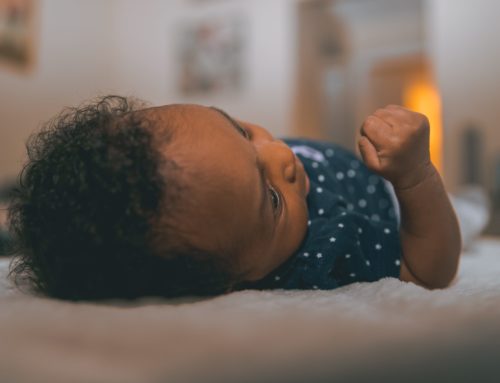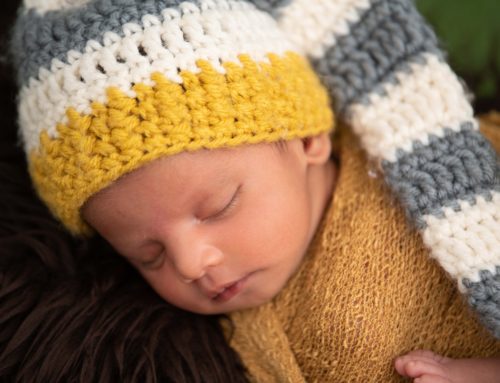Keeping your new baby safe is usually at the top of any parent’s priority list. Your little one is curious and can easily get into all sorts of things, but just as you keep them safe when they are awake, it is just as important to keep them safe as they sleep! Infant sleep safety can keep your little one free from harm while giving you peace-of-mind, and is more important than you might think.
While many have heard of Sudden Infant Death Syndrome also known as ‘SIDS’ or ‘crib death’, it can be confusing for parents to understand, which makes it more scary. SIDS typically refers to the sudden death of a baby, usually while sleeping, who is under a year old. While the cause of SIDS is unknown, doctors believe that certain factors can play a role in preventing SIDS and reducing your child’s chances of being at risk. One of the most important thing researchers have agreed on is that safe sleep, particularly putting a baby on their back, is crucial in preventing Sudden Infant Death Syndrome.
In this article we will discuss the ‘ABCs’ of safe sleep and how you can incorporate these easy and healthy habits into your sleep training routine to have both a good night’s sleep and peace of mind.
Babies Should Sleep Alone
While it may be tempting to simply bring your baby into you and your partner’s bed to help them sleep through the night, this is not the best idea. You can, however, place their crib or a bassinet in your room or close to your bed so that they are near you at night.
It is also important that the room they are in is cool, smoke and pollutant free, clean, and well-ventilated.
Babies Should Sleep on their Back
As aforementioned this is one of the top recommendations from experts on how to prevent SIDS. Studies show that there are several benefits to placing your baby on their back including:
- Reducing the possibility of an upper airway obstruction
- Reducing the possibility of overheating
- Decreasing the possibility that your baby rebreathes in his or her own exhaled breath leading to CO2 build up.
As a general rule, you should place your baby on their back to sleep and on their tummy to play to help prevent flat spots on their head. It can also help to switch what direction they are sleeping in their crib.
Babies Should Sleep in a Crib
Your baby’s crib should meet safety standards and be free of any toys, blankets, bumpers, or other objects that could cause problems with your baby’s breathing or temperature.
A bassinet is also a suitable choice for safe sleep and typically works well for smaller children like newborns and infants ages 1-3 months. Bassinets are convenient for breastfeeding mothers who need easy access to their babies at night.
About The Sleep Shop
The Sleep Shop is led by Melissa, a mother of four, and is a member of the International Association of Professional Sleep Consultants.
We offer one-one-one unlimited consulting, sleep classes with our founder, phone consultations, 1-week jumpstarts, infant sleep guides, 2 weeks of consulting, toddler nap guides, toddler sleep guides, toddler total resets, and “the toddler tune-up”.
We offer sleep consulting services in all of New York City including Manhattan, Brooklyn, Queens, the Flat Iron District, Turtle Bay, Tribeca, Upper East Side, Soho, Staten Island, and the greater NYC area.
Contact us today to learn more.





